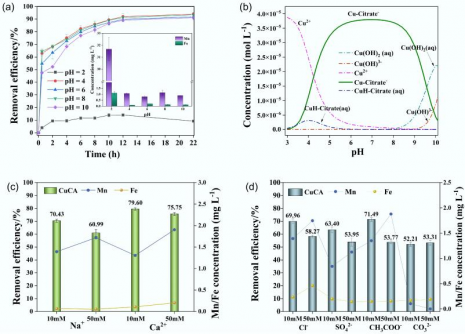Scientists from the National University of Singapore (NUS) have made a significant discovery regarding tropical butterflies, identifying a DNA “switch” that enables these insects to change their wing patterns according to seasonal temperature variations. This finding enhances our understanding of how environmental sensitivity has evolved and may inform future adaptation strategies in the face of climate change.
The research, led by Professor Antónia Monteiro from the NUS Department of Biological Sciences, focuses on the African butterfly known as Bicyclus anynana. Published on October 24, 2025, in the journal Nature Ecology & Evolution, the study reveals that these butterflies exhibit marked differences in wing eyespot size between the wet and dry seasons. Specifically, during the wet season, butterflies develop larger eyespots, while in the dry season, these eyespots shrink, aiding their survival in varying environments.
Insects, including butterflies, have shown remarkable adaptability to their surroundings, often changing appearance with the seasons. This phenomenon, known as plasticity, is crucial for survival, yet its evolutionary underpinnings have been largely unexplored. Previous research indicated that the temperature experienced by caterpillars influences eyespot size, with this temperature response being particularly pronounced in the satyrid group of butterflies, characterized by their brown wings adorned with distinctive eyespots.
To investigate this further, Professor Monteiro’s team pinpointed a key gene, Antennapedia (Antp), responsible for the development of eyespots in satyrid butterflies. Their findings revealed that the activity level of this gene fluctuates based on the temperatures at which the butterflies are raised. Disruption of Antp activity in two satyrid species resulted in reduced eyespot size, particularly when reared in warmer conditions, thereby confirming its critical role in seasonal size modulation.
The research team also identified a previously unknown DNA switch, referred to as a promoter, unique to satyrid butterflies. This genetic element selectively activates the Antp gene in the central cells of eyespots. When the team disabled this switch, the butterflies lost their ability to adjust eyespot size in response to temperature changes. This discovery underscores the genetic complexity behind seasonal adaptability, suggesting that such switches have played a pivotal role in the evolution of these insects.
Dr. Tian Shen, the study’s first author, conducted this research during his tenure as a graduate student and postdoctoral fellow at NUS. He noted, “It is striking that a simple genetic switch can underlie complex environmental sensitivity across a broad group of insects. These findings open the door to future research into the roles such switches play in shaping adaptations, and to insights that could inform conservation in a changing climate.”
The implications of this research extend beyond butterflies. Understanding the genetic mechanisms that drive adaptability in insects can provide valuable insights into broader ecological responses to climate change, potentially aiding in conservation efforts for various species facing environmental challenges.







